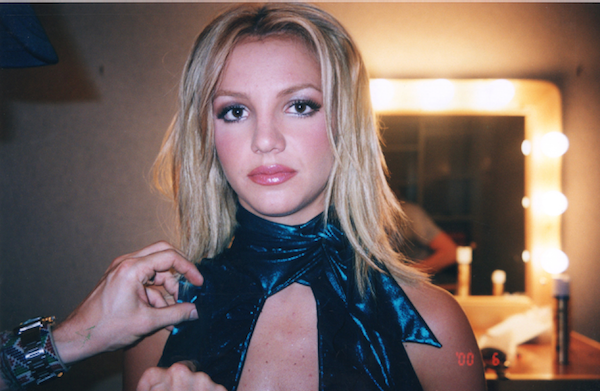Movie review by Greg Carlson
Validated and legitimized by a kind of inflated imprimatur as an episode in “The New York Times Presents” series, filmmaker Samantha Stark’s “Framing Britney Spears” is a frustrating piece of lopsided speculation that never quite does enough to investigate and interrogate the horrifying treatment experienced by its subject as a young woman in the spotlight. In other words, the nonfiction celebrity exposé risks becoming the thing it may set out to critique: a sensationalized provocation long on gossip and short on complexity. It doesn’t help that Spears did not participate in the production, but did anyone expect her to do so?
To Stark’s credit, the film’s straightforward chronology presents an overview of the pop star’s classic American success story that capably explains the appeal of the determined kid from small-town Louisiana as she rockets to fame and fortune. The film might have focused on the ways in which Spears was chewed up and spit out by an industrial machine that exacts incalculable costs from children treated too quickly as adults. Accelerated sexualization and the brutal demands of generating wealth and income for both corporate master and a small army of employees and family members are grim conditions that go back to the beginning of modern Hollywood.
In a landscape in which the recent past is being scrutinized for misogyny, double standards, and interactions that have aged like milk, Spears earns sympathy and respect she never received during the time she was constantly assailed with questions about her body, her sexuality, her authenticity, her morals, her character, and her motivations. Stark has no trouble pointing to multiple examples of how Spears was bullied on camera by the likes of Diane Sawyer and Matt Lauer, not to mention the non-famous “journalists,” mostly much older and male, who asked all kinds of nonsense.
After Spears and Justin Timberlake ended their romantic relationship, an anti-Britney narrative quickly cast her as the villain, the cheater, the heartbreaker. But once the story arrives at the low points in the saga (the so-called “downfall”), exemplified by the hellish omnipresence of the paparazzi following the birth of Spears’s children, Stark turns her attention to two ideas that deserve more thoughtful and thorough treatment than the movie can adequately address: the permanent legal conservatorship allowing Britney’s father James “Jamie” Spears control over her healthcare and finances and the so-called “Free Britney” movement that trips over unsourced and unverified conspiracies as much as it provides genuine support for the singer’s autonomy and independence.
The best aspects of “Framing Britney Spears” are implicit while the least effective parts are explicit. And in the absence of direct comment from Spears, Stark surely could have used more evenhanded and considerate interview subjects. The episode’s most reasoned commentator is former MTV personality Dave Holmes, who demonstrates an understanding of the ways in which superfans project all kinds of desires through close identification with a celebrity. Watching “Framing Britney Spears,” I thought about Margo Jefferson’s “On Michael Jackson” and imagined what the film might have been like had Stark taken Jefferson’s approach.
